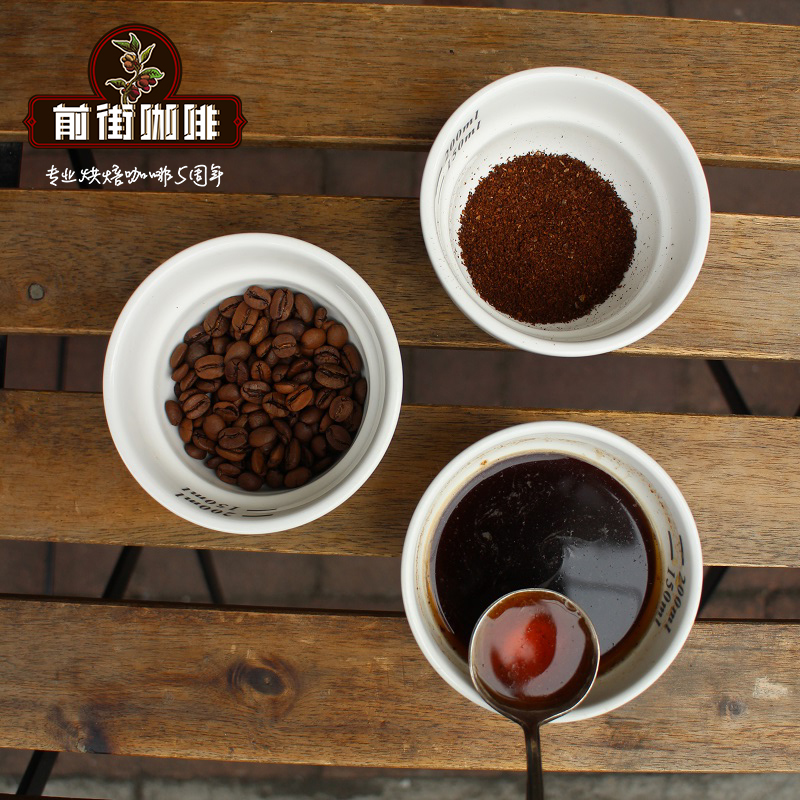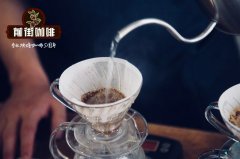Why calibrating self-senses is important to the accuracy of cup testing? how to treat cup testing correctly?

Few people know more about the nuances of coffee than my colleagues, including several experienced baristas, two Q-Graders, one Q-Instructor, and another colleague who has worked in baking, QC and Green Coffee for more than 10 years. I think it will be a perfect group, and here I can test my hypothesis that showing the same coffee brewing in separate cups will (intentionally or unintentionally cause tasters) to distinguish between the two samples.
Before conducting the experiment, I searched the Internet for any research that could clarify the phenomenon I was exploring. Unfortunately, I have never encountered an experiment using exactly the same method before. But I did find an enlightening article about how taste can drink one mouthful after another-even in articles about wine. Like most drinks, coffee makes saliva flow. The increase in saliva "can reduce the bitterness and astringent taste". Therefore, I assume that drinkers will find "B" sweeter, assuming they only drink one or two mouthfuls of "A" beforehand. The food or drink they used to eat may also have an impact. "if the food is particularly acidic, it may reduce the acidity of [drinks] (perhaps paradoxically)," the authors point out. " However, I did not control this variable and suggested that further research be conducted 30 minutes before the start of the experiment to limit the intake of any food or drink other than water.
I brewed the CJ1310 Uganda Kapkwai Sipi Falls natural viaduct on the researcher's Stagg X Brewer with 25g of coffee and 400g of water (1 to 16). Then, I divided the homogenized brewed coffee into two glass bottles, labeled "A" and "B", which I heated in advance to make sure the coffee was poured at roughly the same temperature. I took this step to eliminate (or at least reduce) the possibility that tasters perceive flavor differences only based on coffee temperature. After waiting for a few minutes, I poured the coffee from the "A" and "B" glass bottles into different cups and asked them to write down tasting notes on a piece of paper.
Before all my colleagues took notes, I didn't reveal that the two cups of coffee were exactly the same beer. Needless to say, they were surprised that they had just tasted "exactly the same" coffee. Table 1 confirms my hypothesis that participants are not aware that they are tasting the same thing, causing them to distinguish between "A" and "B". In addition, the six of them have a clear preference between the two. Everyone but one prefers "A" to "B", contrary to my hypothesis, which is that when they mix the tannins in their coffee, they will find B sweeter. Given that five of the six samples have a clear preference, I encourage further experiments with a larger sample size to explore the study's preference for "B"-the second of the two cups.
After finishing the experiment, I saw an article written by my colleague Chris Chris Kornman in a 2016 book exploring how cup color affects flavor perception. He solved this problem by putting four different kinds of coffee into five different color cups (black, red, blue, white, cedar) and evaluating the sweetness, acidity and viscosity of each cup. Although our intentions and methods are different, we have come to some similar conclusions about the consistency of flavor perception. Chris stressed that most of the tasters in the experiment rated the same cup of coffee differently according to the color of the cup. Although it is difficult to draw broad conclusions, as Chris explains, "our taste is most obviously affected by visual stimuli, but it does not depend on coffee and evaluators in a consistent way". In fewer words
At the same time, we have several examples that make people stand out in tasting and distinguishing. There seems to be no more incredible achievement in tasting and calibration than World Cup champion wine tasters or thousands of Q Arabica graders around the world. How do we explain the paradox that when tasting coffee, humans can be perfect one day and awe-inspiring the next?
I think the key to understanding this contradiction lies in the background of people's wine tasting. I thought of several common situations. In the coffee industry, some of us are familiar with triangular cupping, which is a key part of the Q Grader exam. Unlike standard cupping, triangulation challenges the ability of tasters to perceive differences in coffee characteristics. In the standard triangulation, two of the three cups are the same cup of coffee, while the third cup is different. In this case, the taster is looking to identify two identical cups. If I model the experiment in this way of tasting, I believe that most, if not all, of them will be able to correctly identify the two cups in the context of triangulation.
This is different from the background of the CJ Analysis tasting I used in the experiment. Although I did not prompt or mislead the tasters to think I had changed a variable, through repeated tasting, they were told that the two brews were actually different and that they might want the tasting to have the same structure. Obviously, my colleagues turned a blind eye to the expectation that they should distinguish between "A" and "B". The main conclusion I got from this experiment is that context is crucial. If you expect something, your mind will do its best to shape reality around that expectation.
Important Notice :
前街咖啡 FrontStreet Coffee has moved to new addredd:
FrontStreet Coffee Address: 315,Donghua East Road,GuangZhou
Tel:020 38364473
- Prev

Why does the coffee have a bitter taste? how to avoid extracting too much caffeine?
Caffeine belongs to plant alkaloid, unscented and slightly bitter, but it is not the main source of bitterness. generally speaking, the content of caffeine is absolutely related to the variety of coffee. in addition, many people think that caffeine is the cause of heart palpitations when drinking coffee. in fact, it may be caused by coffee is not fresh, or the harmful substances of defective beans are caused by the adverse effects of caffeine.
- Next

How to extract coffee beans with different treatments? How to adjust the cooking of coffee beans with different treatments
Tanning is one of the oldest coffee treatments. Coffee cherries are dried like raisins after picking. In addition to producing vibrant berry-flavored coffee, this method often leads to the maximum degradation of the cellular structure of coffee. Coffee beans treated with water often have the strongest cellular structure, while honey treatment is somewhere between the two. Leaven
Related
- Beginners will see the "Coffee pull flower" guide!
- What is the difference between ice blog purified milk and ordinary milk coffee?
- Why is the Philippines the largest producer of crops in Liberia?
- For coffee extraction, should the fine powder be retained?
- How does extracted espresso fill pressed powder? How much strength does it take to press the powder?
- How to make jasmine cold extract coffee? Is the jasmine + latte good?
- Will this little toy really make the coffee taste better? How does Lily Drip affect coffee extraction?
- Will the action of slapping the filter cup also affect coffee extraction?
- What's the difference between powder-to-water ratio and powder-to-liquid ratio?
- What is the Ethiopian local species? What does it have to do with Heirloom native species?

